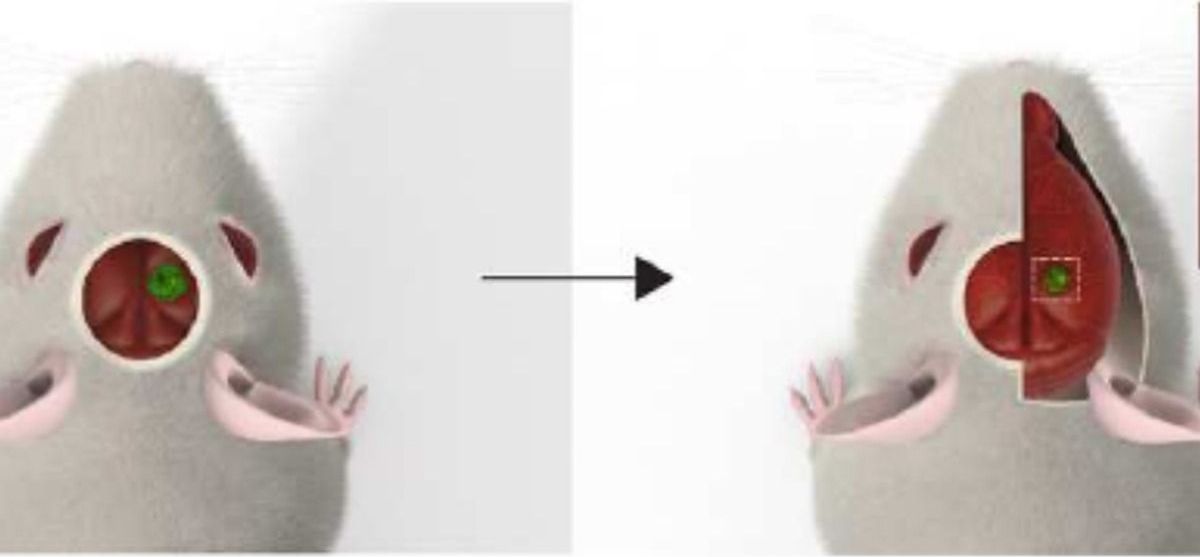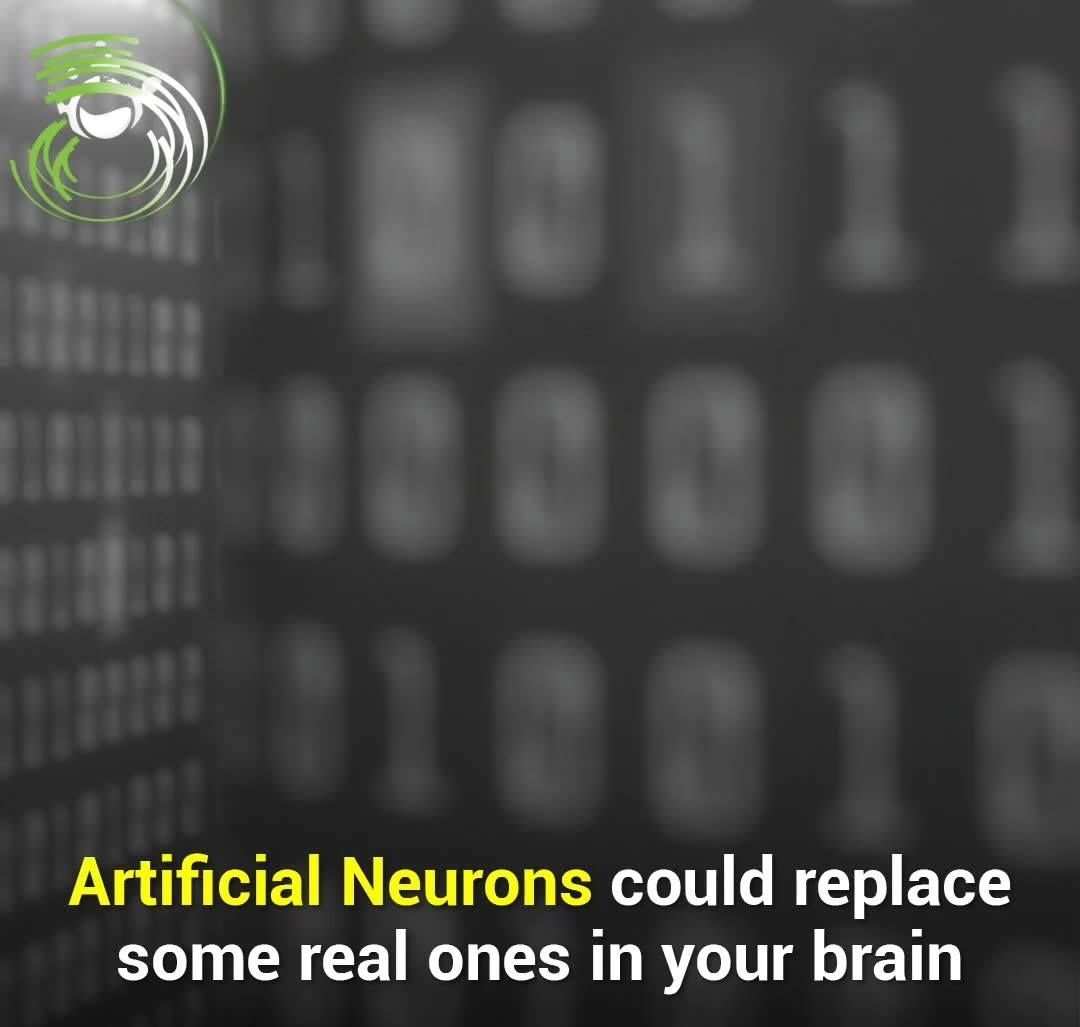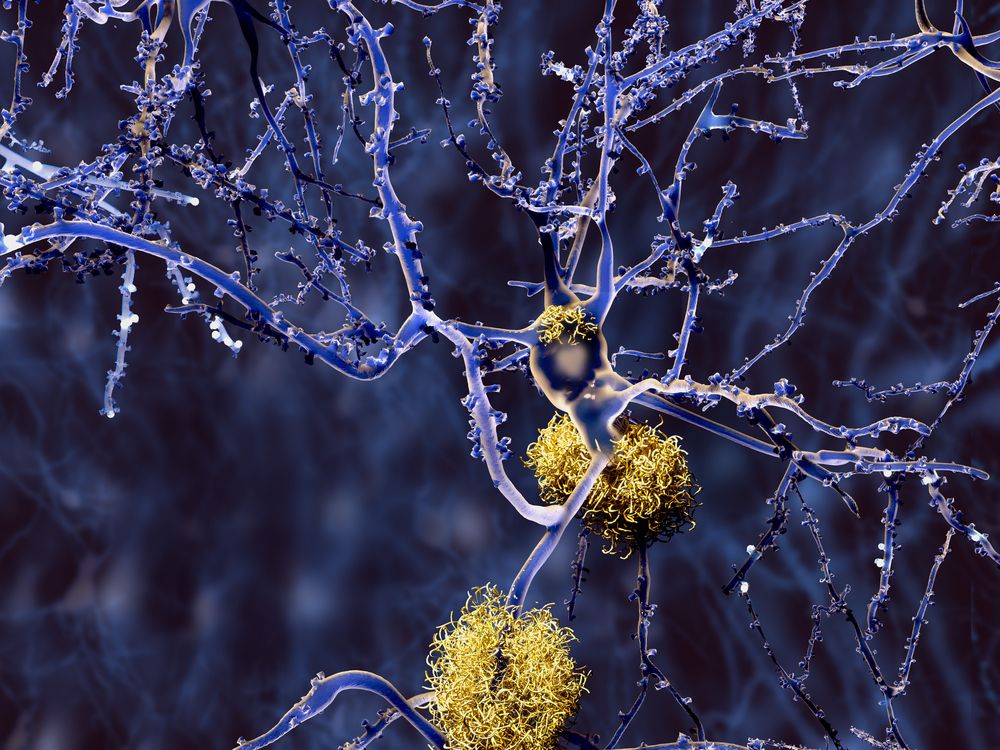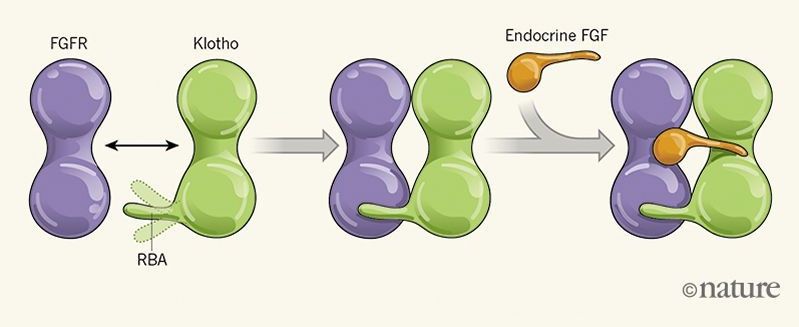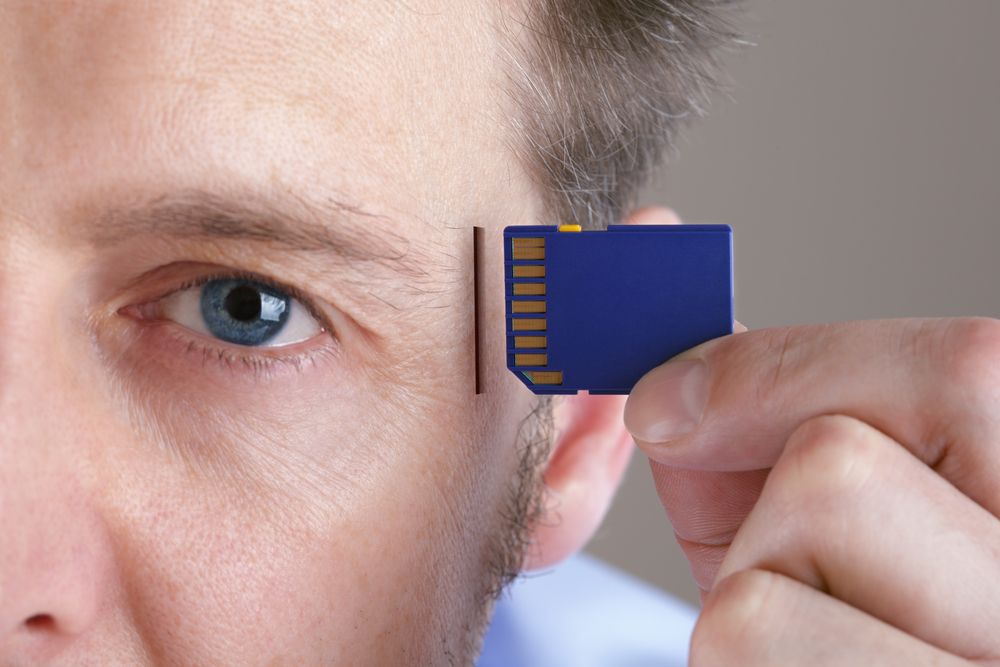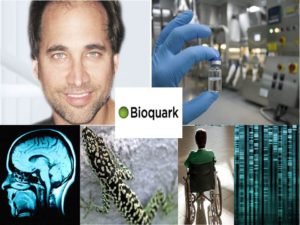Archive for the ‘neuroscience’ category: Page 874
Apr 17, 2018
The more hours you sit per day, the smaller your medial temporal lobe (MTL) seems to become, brain scans show
Posted by Alvaro Fernandez in category: neuroscience
Important — “The researchers found that sedentary behavior is a significant predictor of thinning of the MTL and that physical activity, even at high levels, is insufficient to offset the harmful effects of sitting for extended periods”
— In the study, both (A) Total medial temporal lobe (MTL) and (B) parahippocampal thickness correlated inversely with hours of sitting/day, controlling for age. Reference: Siddarth P et al (2018), Sedentary behavior associated with reduced medial temporal lobe thickness in middle-aged and older adults. PLOS ONE.
Apr 17, 2018
Bioquark Inc. — Connecting The Resilient — Spinal Cord Injury Podcast
Posted by Ira S. Pastor in categories: aging, bioengineering, biological, biotech/medical, disruptive technology, DNA, genetics, health, life extension, neuroscience
Apr 15, 2018
Artificial Neurons Can Function Just like Human Brain Cells
Posted by Manuel Canovas Lechuga in category: neuroscience
Apr 15, 2018
Alzheimers Reversed by Editing a Single Gene
Posted by Steve Hill in categories: biotech/medical, neuroscience
Researchers at Gladstone Institutes in San Francisco report that a gene variant associated with Alzheimer’s works differently in mice and humans, and they also demonstrate how modifying this gene could potentially prevent the plaques associated with Alzheimer’s from forming and damaging the brain.
An ApoE3 gene variant is associated with Alzheimer’s disease
The gene apolipoprotein E3 (ApoE3) has a variant known as ApoE4, which is associated with the development and progress of Alzheimer’s disease. People with just one copy of the ApoE4 gene are at twice the risk as people without this gene variant. Some people even have two copies of the ApoE4 gene, which makes their risk of Alzheimer’s a staggering twelve times greater.
Continue reading “Alzheimers Reversed by Editing a Single Gene” »
Apr 14, 2018
In the hope of a cure: can stem cells treat autism?
Posted by Genevieve Klien in categories: biotech/medical, neuroscience
Apr 13, 2018
Fart gas may help prevent dementia, heart disease: study
Posted by Manuel Canovas Lechuga in categories: biotech/medical, health, neuroscience
Farts may stink to high heaven, but a new study suggests that the gas responsible for that foul odor may actually extend a person’s time on earth.
Scientists in the UK claim that hydrogen sulfide, the stinky compound that smells like rotten eggs which contributes to the flatulence stench, could have amazing health benefits.
Hydrogen sulfide can be toxic, but tiny amounts have been shown to help protect the mitochondria, which are known as the “powerhouses” of cells.
Continue reading “Fart gas may help prevent dementia, heart disease: study” »
Apr 13, 2018
Ageing-related receptors resolved
Posted by Manuel Canovas Lechuga in categories: biotech/medical, life extension, neuroscience
Klotho is a membrane-spanning protein expressed predominantly in the kidney, as well as in the brain.
Ageing is a regulated process in which hormones have pivotal roles. Crystal structures of two hormone co-receptors should be informative for drug discovery focused on age-related disorders.
Apr 13, 2018
Memory Successfully Boosted In Humans
Posted by Marcos Than Esponda in categories: biotech/medical, cyborgs, mathematics, neuroscience
Scientists from Wake Forest Baptist Medical Center partnered with researchers from the University of Southern California to develop an innovative procedure to give hope to people struggling with remembering important information. A new implant uses a person’s own memory patterns in order to boost the brain’s natural ability to encode those memories and recall them quickly. There has been a reported 35 to 37 % increase in short-term memory performance.
“This is the first time scientists have been able to identify a patient’s own brain cell code or pattern for memory and, in essence, ‘write in’ that code to make existing memory work better, an important first step in potentially restoring memory loss,” said the study’s lead author Robert Hampson, Ph.D., professor of physiology/pharmacology and neurology at Wake Forest Baptist.
Epilepsy patients from Wake Forest Baptist were surgically implanted with electrodes in the various parts of their brains. The electronic prosthetic system is based on a multi-input-multi-output (or MIMO) mathematical model to influence the patterns of neurons firing within the hippocampus.
